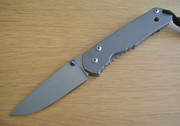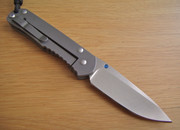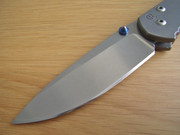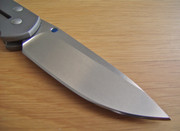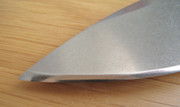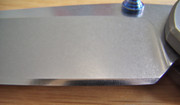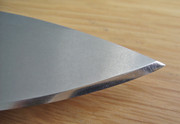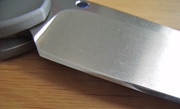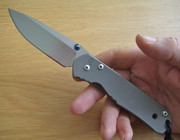suomi70: This one came out a little less than perfect as i couldn't get the point exactly in the middle this time, but things like that are dependant on the "form of the day", as it's all freehand work.
On these blown-up pics it looks worse than in real life though.
The reason why i started this thread was because i was wondering if Sebenza owners on this forum had anything to contribute regarding the edge retention of their pre- or post 2013 Sebenza models, as somewhere during that year CRK seems to have decided to harden their blades to 59-60 HRC instead of the usual target hardness of 58-59 HRC.
On the Dutch forum there are at least a few owners who were less then satisfied with the edge retention of their beloved Sebbies, especially when the edge angle was taken down to +/- 30 degrees inclusive, an angle that can be considered a good rule of thumb when sharpening most modern knife steels.
Spyderco for instance specifically target their edges to come out at that angle after factory sharpening.

